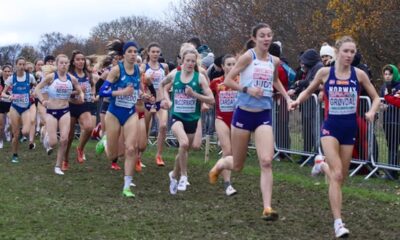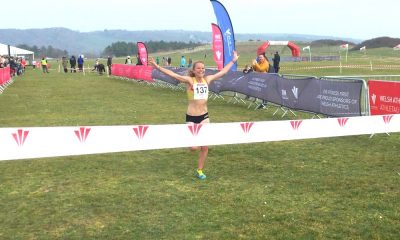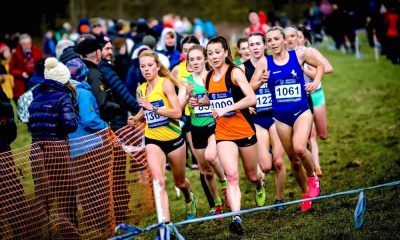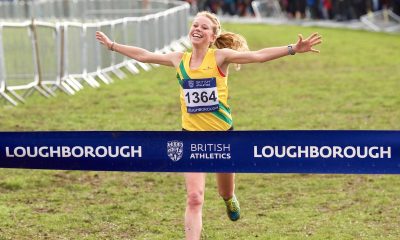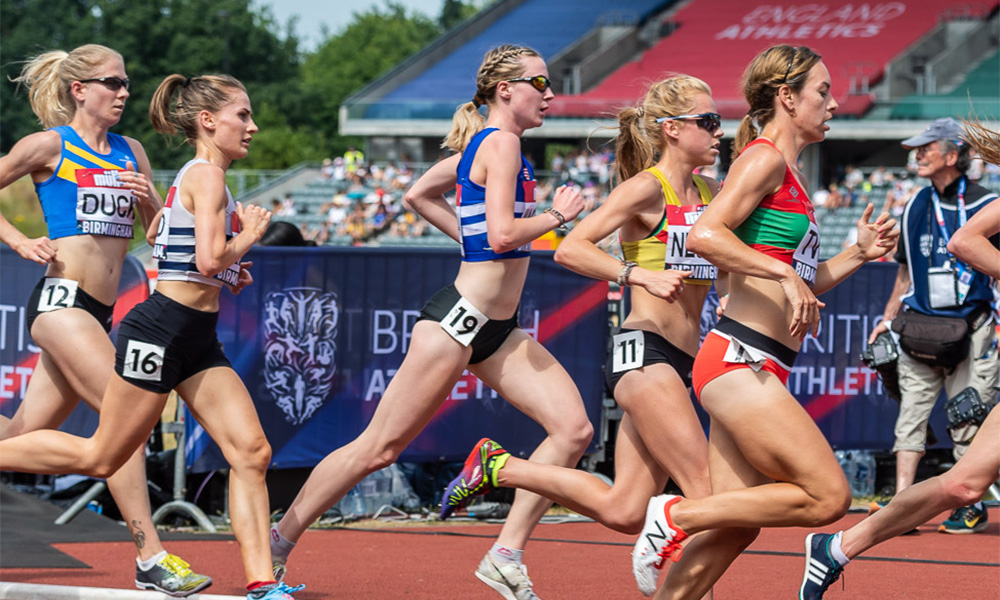
Jenny Nesbitt uses her latest Fast10 blog to talk about her favourite surface to run on, but it’s a close call between the tarmac and the track.
I have never really been able to decide whether I prefer training on the track or the road. My firm answer usually comes after which ever surface I have had the better session on, and currently the track is winning.
The fact that track access has been near impossible for many months is potentially playing a part in heightening its status at the top of the training surface podium, and I must say a change in training environment has been much welcomed.
A different stimulus, and a definitive knowledge of exactly how far I am running has allowed me to build on the training I have put in during lockdown. I am still not entirely sure whether it is good or bad to know that I have exactly 400m more pain to endure or not, but at least I know the final distance and time will be as accurate as you can get!

A change is as good as a rest
A change in the type of session I have been doing has been great fun, and I’ve enjoyed running running a little faster. From 200s, up to a mile, we have been banging out laps in various different forms, with various purpose.
To understand why you are doing a session, and to see where a session can progress, I feel has really helped me to develop as an athlete, and I thought I would share some of my favourites.
24 x 400m off 45s, with every 4th faster
This is a great 10,000m session and I really enjoy locking into churning out lap after lap. The change up in pace helps to replicate what might happen in a race and allows you to dip a little further in, whilst still ensuring the rest of the session is controlled.
The laps are usually run at 74s and 70s. The 45s recovery starts to bite a little towards the end, but ensuring that you control the reps and don’t push to run them faster means you can walk away from this session and not feel like you’ve emptied the well.
Mile tempo (2 mins) 9 x 600m (60s) mile tempo
If I am truly honest, this probably is not one of my favourite sessions, but I know it is good for me! The miles add a little more volume, with the first one just to help you get moving and the last one ensuring you can run on tired legs.
The 600s are built in blocks of 3, going cruise, cruise, push, and this session is used to extend a similar session with 400s. The the cruise 600s are run in around 73-74s a lap and the push somewhere between 68-70s (usually 70s, cos dying). The aim is for this to feel as controlled through 600 as it would through 400 (lol).
Once I can handle this session, I have confidence that my fitness is improving.
3 x (1 km (60s), 800m (60s) 2 x 400m (60) // 3 mins between sets
I like the variety this session gives, running different reps and dropping down in pace. I usually look to go 77-76s, then 75-74s, then 72-70s. Again the aim here is to get to the end of the session and feel like I could compete another set if needed.
The recovery is long enough to maintain the quality but still give you the feeling of tiredness that accumulates over a 10k.
5 x 600 (2-2.30 mins) //4 mins// 5 x 200 (60s)
This session is a little speedier and although I have only done it a couple of times, I kinda like the pain it induces. The 600s are run at around 66s a lap, which for me is nearly flat out through 400, so it is a matter of hanging on for the last 200m (impending death)! The recovery here is a little more lenient and basically involves me getting back to the 600m start (the slower the better!).
The 200s are a tiny (!!) bit more controlled here, and alternate, going 32s, 30s, 32s, 30s, 32s. I like to add these to the end of the session to help me focus on form running fast when in am tired.
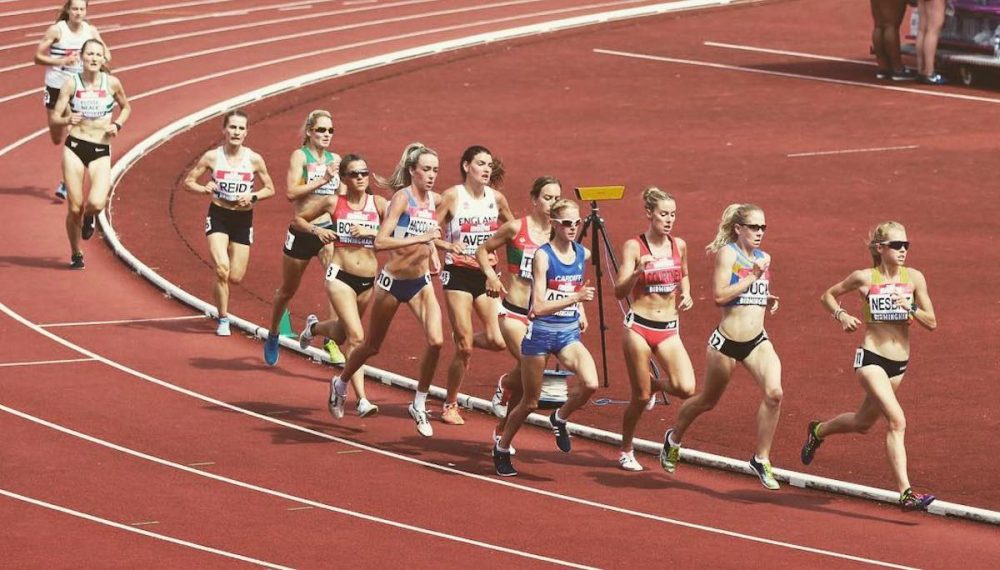
Taper session : 2km tempo (3 mins) 9 x 200m (60s) 1 km or 2 km tempo (3 mins) 3 x 300 (2 mins) 3 x 200 (2 mins)
These two sessions are ones I like to do 4 days before a race. I like to incorporate a bit of tempo and faster work, going from tempo and finishing with something that helps me feel that ‘pop’.
The tempo is run in 80s per 400 (6:40) for both sessions. The first session builds the 200s in the same cruise, cruise, push format as a lot of our sessions.
Nothing fancy, just to get the legs moving. We usually aim to run 34s and 31s. The 1km is there to run fast, but to still feel in control. This is around 3-3.05mins depending on the point in the season.
In the second session, the 300s are fast, (for a carthorse like myself) usually in about 46-47s, as are the 200s (29-30s). I usually spike up for these, as I need every little bit of help I can get!
Controlled discomfort a key to consistency
As you can see, a lot of these sessions are controlled and not completely flat out. We do fit into the plan really intense and ‘flat out’ sessions, but they are carefully placed. Instead we focus on consistency and being able to churn out work week upon week, with adequate recovery.
We typically only use the track once a week, with the other session on the road. I like the variety this provides and I also feel it helps prevent injury.
Now tracks are beginning to reopen, the opportunity to bang out some laps is returning. Its important not to get carried away too soon though and make sure you ease your way back on slowly. Consistency is key, after all.
Want to run faster? For just £30 per month athletes are provided with a Final Surge plan for each day of the week, coaching advice from Robbie Britton and Tom Craggs, as well as access to the unique Fast Running Performance community.
If you would like more information on joining the project, click here.












